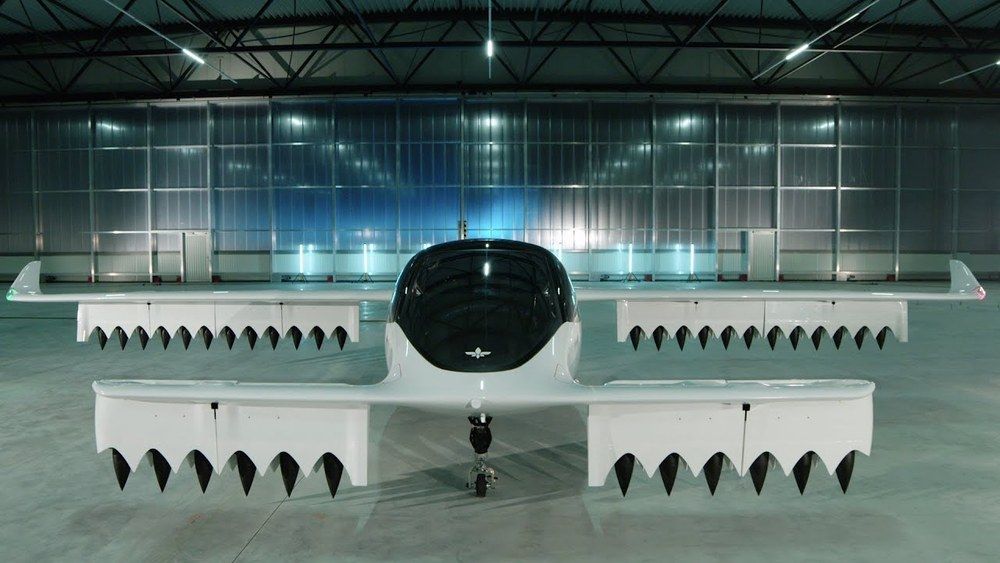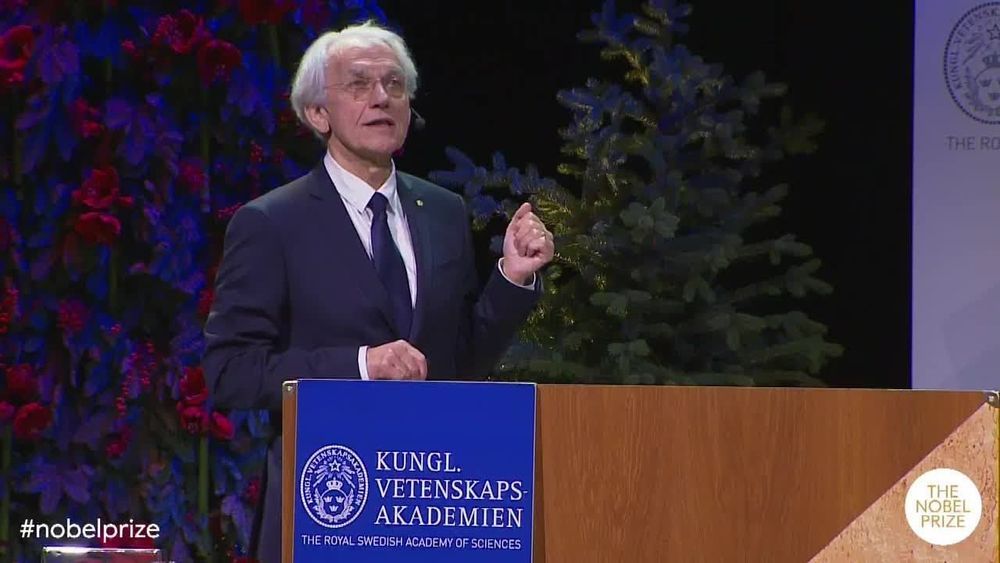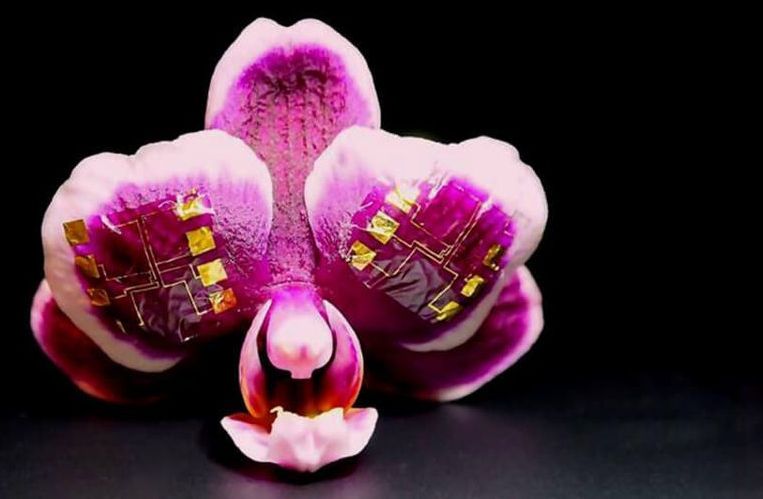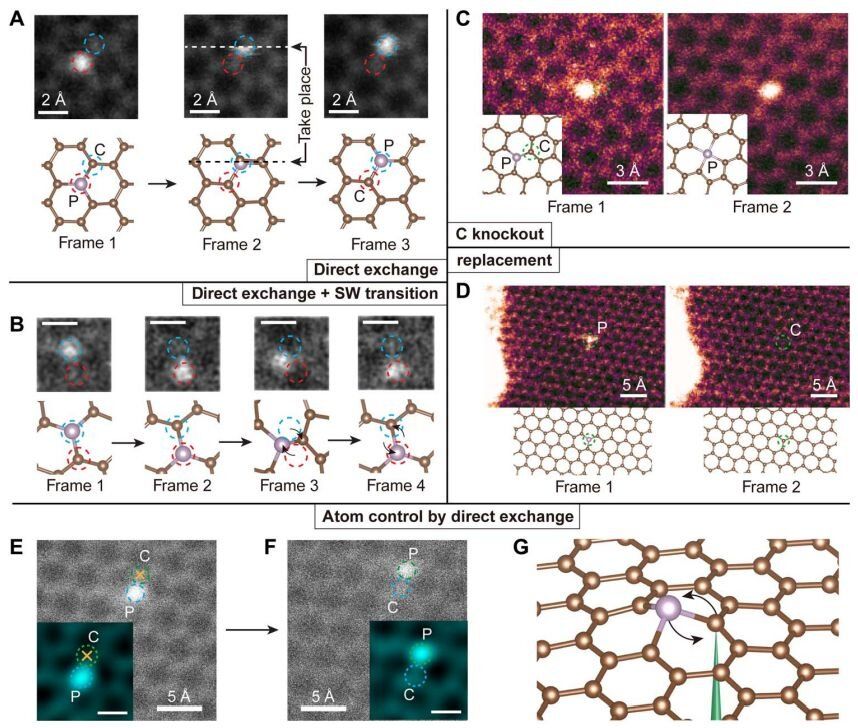Page 8828
May 17, 2019
The volcano that built Bermuda is unlike any other on Earth
Posted by Quinn Sena in category: futurism
Rock samples from the island suggest it’s a strange hybrid that represents a whole new way for the planet to make volcanoes.
May 17, 2019
Electric air taxi startup Lilium completes first test of its new five-seater aircraft
Posted by Quinn Sena in category: transportation

Compared to the other preproduction electric aircraft we’ve seen so far, the Lilium Jet certainly stands out: it has an egg-shaped cabin perched on landing gear with a pair of parallel tilt-rotor wings. The wings are fitted with a total of 36 electric jet engines that tilt up for vertical takeoff and then shift forward for horizontal flight. There is no tail, rudder, propellers, or gearbox. When it’s complete, the Lilium Jet will have a range of 300 kilometers (186 miles) and a top speed of 300 km / hour (186 mph), the company says.
That’s much farther than many of its competitors are predicting of their electric aircraft. Remo Gerber, Lilium’s chief commercial officer, said this was due to the Jet’s fixed-wing design, which requires less than 10 percent of its maximum 2,000 horsepower during cruise flight.
May 17, 2019
Surprising research result: All immature cells can develop into stem cells
Posted by Quinn Sena in categories: biotech/medical, health
A sensational new study conducted at the University of Copenhagen disproves traditional knowledge of stem cell development. The study reveals that the destiny of intestinal cells is not predetermined, but instead determined by the cells’ surroundings. The new knowledge may make it easier to manipulate stem cells for stem cell therapy. The results have been published in Nature.
All cells in the foetal gut have the potential to develop into stem cells, a new study conducted at the Faculty of Health and Medical Sciences at the University of Copenhagen concludes. The researchers behind the study have discovered that the development of immature intestinal cells—contrary to previous assumptions—is not predetermined, but affected by the cells’ immediate surroundings in the intestines. This discovery may ease the path to effective stem cell therapy, says Associate Professor Kim Jensen from the Biotech Research & Innovation Centre (BRIC) and the Novo Nordisk Foundation Center for Stem Cell Biology (DanStem).
“We used to believe that a cell’s potential for becoming a stem cell was predetermined, but our new results show that all immature cells have the same probability for becoming stem cells in the fully developed organ. In principle, it is simply a matter of being in the right place at the right time. Here signals from the cells’ surroundings determine their fate. If we are able to identify the signals that are necessary for the immature cell to develop into a stem cell, it will be easier for us to manipulate cells in the wanted direction.”
Continue reading “Surprising research result: All immature cells can develop into stem cells” »
May 17, 2019
The Goliath Birdeater Tarantula Is An Unexpectely Gentle Giant
Posted by Quinn Sena in category: futurism
May 17, 2019
The Morning After: Sony and Microsoft are teaming up
Posted by Quinn Sena in category: futurism
May 17, 2019
Natural compound found in broccoli reawakens the function of potent tumor suppressor
Posted by Quinn Sena in categories: biotech/medical, food, genetics
Your mother was right: Broccoli is good for you. Long associated with decreased risk of cancer, broccoli and other cruciferous vegetables—the family of plants that also includes cauliflower, cabbage, collard greens, Brussels sprouts and kale—contain a molecule that inactivates a gene known to play a role in a variety of common human cancers. In a new paper published today in Science, researchers, led by Pier Paolo Pandolfi, MD, Ph.D., Director of the Cancer Center and Cancer Research Institute at Beth Israel Deaconess Medical Center, demonstrate that targeting the gene, known as WWP1, with the ingredient found in broccoli suppressed tumor growth in cancer-prone lab animals.
“We found a new important player that drives a pathway critical to the development of cancer, an enzyme that can be inhibited with a natural compound found in broccoli and other cruciferous vegetables,” said Pandolfi. “This pathway emerges not only as a regulator for tumor growth control, but also as an Achilles’ heel we can target with therapeutic options.”
A well-known and potent tumor suppressive gene, PTEN is one of the most frequently mutated, deleted, down-regulated or silenced tumor suppressor genes in human cancers. Certain inherited PTEN mutations can cause syndromes characterized by cancer susceptibility and developmental defects. But because complete loss of the gene triggers an irreversible and potent failsafe mechanism that halts proliferation of cancer cells, both copies of the gene (humans have two copies of each gene; one from each parent) are rarely affected. Instead, tumor cells exhibit lower levels of PTEN, raising the question whether restoring PTEN activity to normal levels in the cancer setting can unleash the gene’s tumor suppressive activity.
May 17, 2019
High School Student Uses AI to Detect Gravitational Waves
Posted by Quinn Sena in categories: cosmology, education, physics, robotics/AI, supercomputing
Before he could legally drive, high school student Adam Rebei was already submitting jobs on the Blue Waters supercomputer at the National Center for Supercomputing Applications at the University of Illinois at Urbana-Champaign (NCSA) to run complex simulations of black holes.
“My first time using Blue Waters, we did a tour first and got to see the computer, which is a very amazing thing because it’s a very powerful machine,” Rebei told the NCSA, “and I just remember thinking, ‘All of the GPUs!’ It’s an insane amount of GPUs, and I’ve never seen anything like it.”
To get there, Rebei first took an astronomy class that led him to his work with the NCSA. Once there, he teamed up with research scientist Eliu Huerta, who leads the group’s Gravity Group.
Continue reading “High School Student Uses AI to Detect Gravitational Waves” »
May 17, 2019
A New Ion-Drive Transistor Is Here to Interface With Your Brain
Posted by Quinn Sena in categories: biotech/medical, computing, cyborgs, neuroscience
Silicon transistors and the brain don’t mix.
At least not optimally. As scientists and companies are increasingly exploring ways to interface your brain with computers, fashioning new hardware that conforms to and compliments our biological wetware becomes increasingly important.
To be fair, silicon transistors, when made into electrode arrays, can perform the basics: record neural signals, process and analyze them with increasingly sophisticated programs that detect patterns, which in turn can be used to stimulate the brain or control smart prosthetics.
Continue reading “A New Ion-Drive Transistor Is Here to Interface With Your Brain” »
May 17, 2019
Manipulating atoms one at a time with an electron beam
Posted by Quinn Sena in categories: computing, engineering, particle physics, quantum physics
The ultimate degree of control for engineering would be the ability to create and manipulate materials at the most basic level, fabricating devices atom by atom with precise control.
Now, scientists at MIT, the University of Vienna, and several other institutions have taken a step in that direction, developing a method that can reposition atoms with a highly focused electron beam and control their exact location and bonding orientation. The finding could ultimately lead to new ways of making quantum computing devices or sensors, and usher in a new age of “atomic engineering,” they say.
The advance is described today in the journal Science Advances, in a paper by MIT professor of nuclear science and engineering Ju Li, graduate student Cong Su, Professor Toma Susi of the University of Vienna, and 13 others at MIT, the University of Vienna, Oak Ridge National Laboratory, and in China, Ecuador, and Denmark.
Continue reading “Manipulating atoms one at a time with an electron beam” »

















